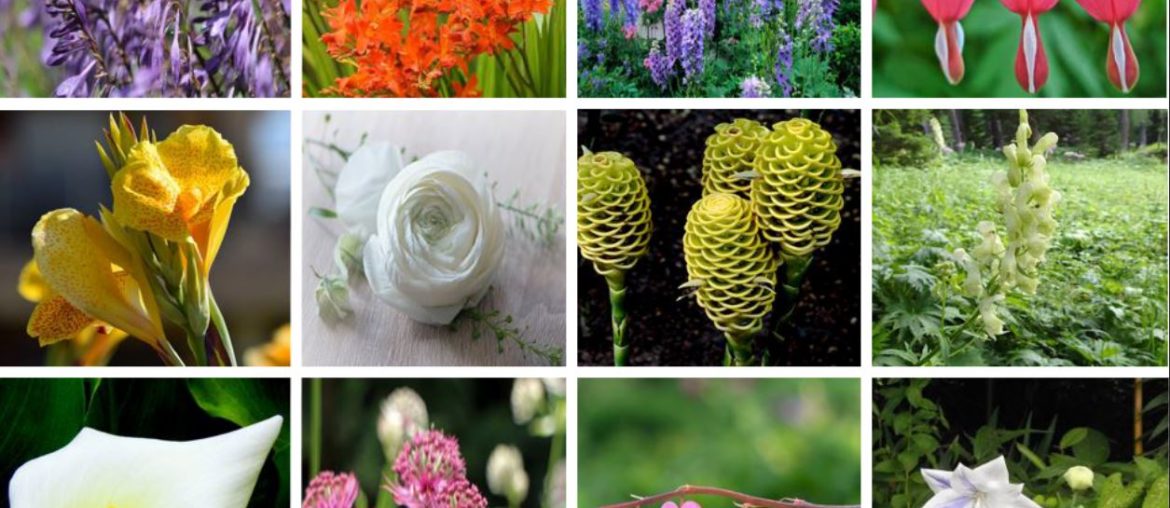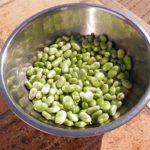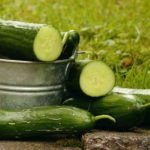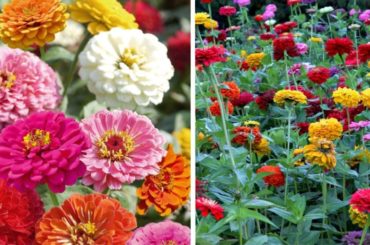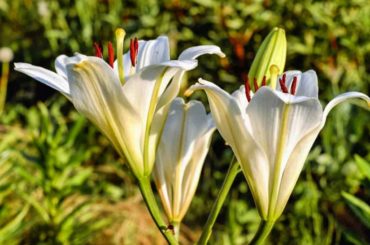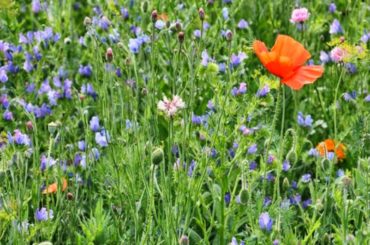As soon as the summer arrives, we have only one idea It is flourishing our gardens. And it is not the choice that is missing. Among the most beautiful summer flowers, here are some that could hold your full attention. Whether you have a green hand or not, you will find the varieties you need.
Delphinium
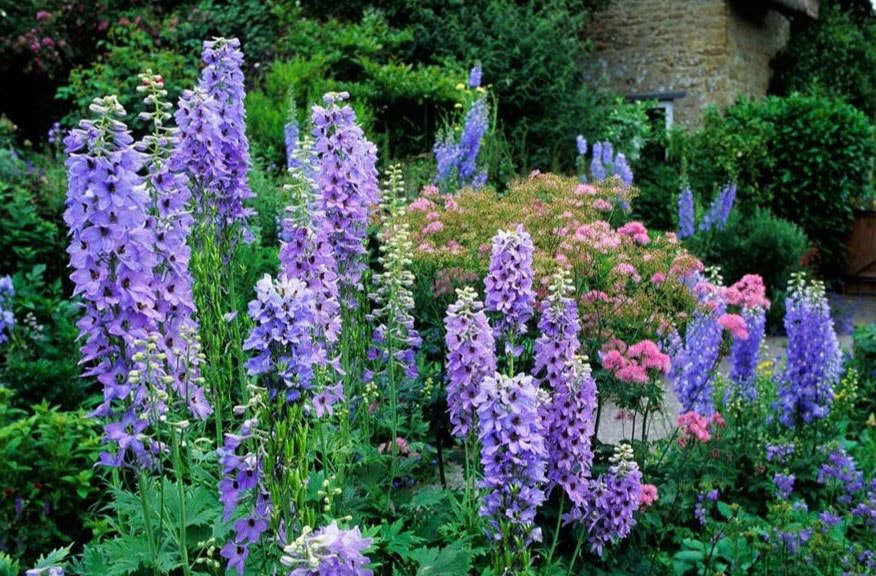
The delphinium is a perennial summer that is also hardy. If you do not cut all the flowers, they will reseed, provided that all conditions are met. The flowers can be very different depending on the variety, in dense and dense spikes or more relaxed, the flowers are double or simple, rounded, flattened, trumpet or leprechaun bonnet. The delphinium flowers throughout the summer.
Turmeric
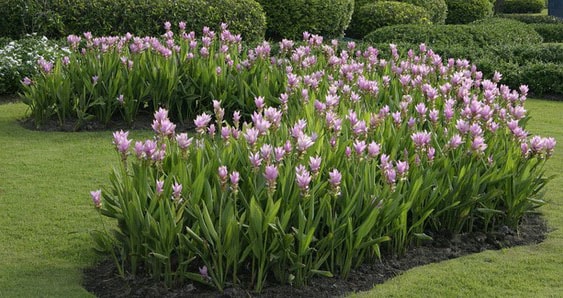
Turmeric in its ornamental form comes from a species that is often called Thai tulip or tulip of Siam. It blooms when the leaves have finished growing in the form of a broad spike bearing pale yellow bracts in its height. It is between these bracts that white or purple flowers appear.
Crocosmia
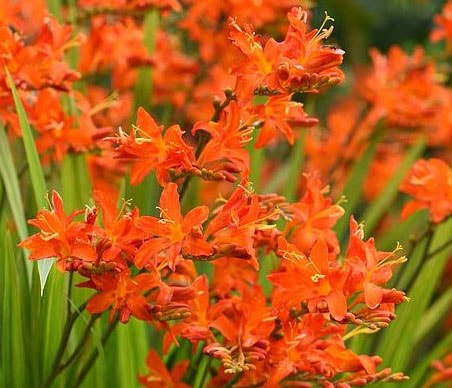
The crocosmia is a bulbous that stands out by the shape of its flower a little exotic, but also by its very long flowering, from June to September. It is native to South Africa where it grows mainly in the meadows. It develops in an upright tuft, and its bright colors give gaiety and light to your garden. His warm tones range from red to yellow to orange.
Heart of Mary
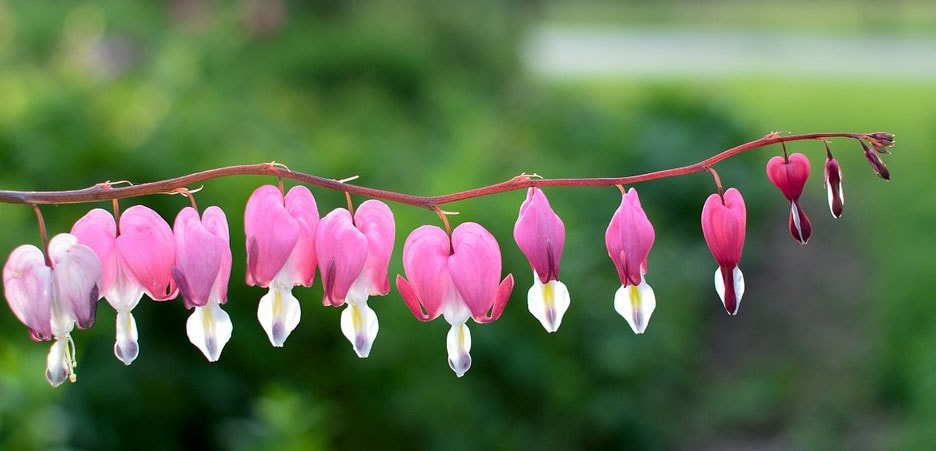
This splendid flower adorns your gardens, from May to August, it is also called heart-of-Jeannette. Rustic and vivacious, she comes from China and Korea. We appreciate this original and delicate flower that brings a very elegant and refined side to the garden. You will make it a place of choice, rather half-shade to enjoy it, especially since it is simple to cultivate.
Canna

Canna is the touch of exoticism that it can miss in your garden! This spectacular flower with flamboyant colors will not fail to be noticed as she is pretty. In cluster or panicle above the stem, its red, yellow, orange, sometimes two-colored or spotted red, and more rarely white or pink, are present from July to October. Its foliage provided contributes to the beauty of this plant that you put in massive or around a body of water.
Bacopa

The bacopa has all its interest in the garden because of its abundant vegetation, filled with many small white flowers very simple. The advantage is that it blooms for a very long time stretching from May to October, or even later. It is a hardy and hardy plant that can withstand temperatures down to -9 ° C.
The hosta
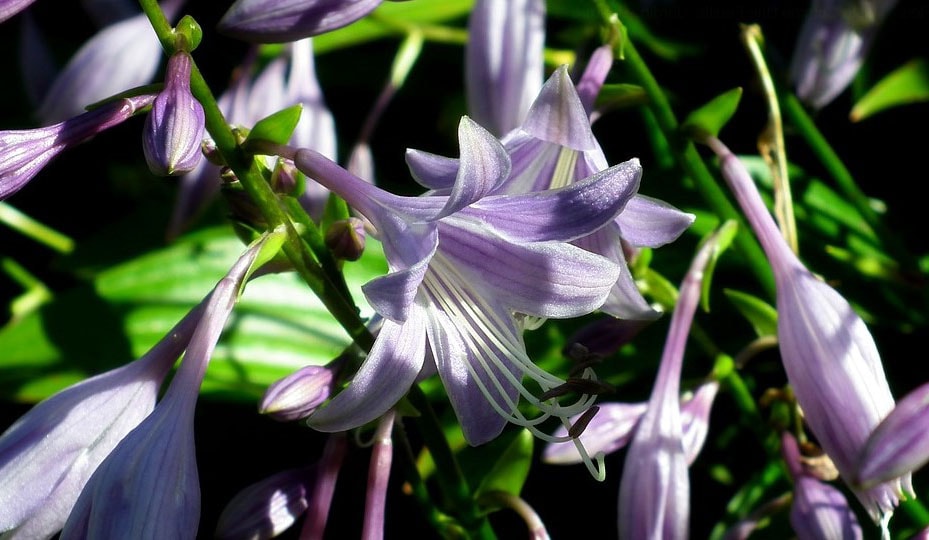
The hosta is a deciduous perennial that is cultivated as much for its delicate flowers as for its foliage. It grows in rounded and abundant tuft which spreads thanks to the development of its roots. It flowers in compact clusters, its flowers in trumpet can be white, mauve or purple and they appear in peduncles rising above the foliage. During the summer, the flowers are very numerous, however, it is necessary to wait until the third year, generally to see them appear.
Buttercup
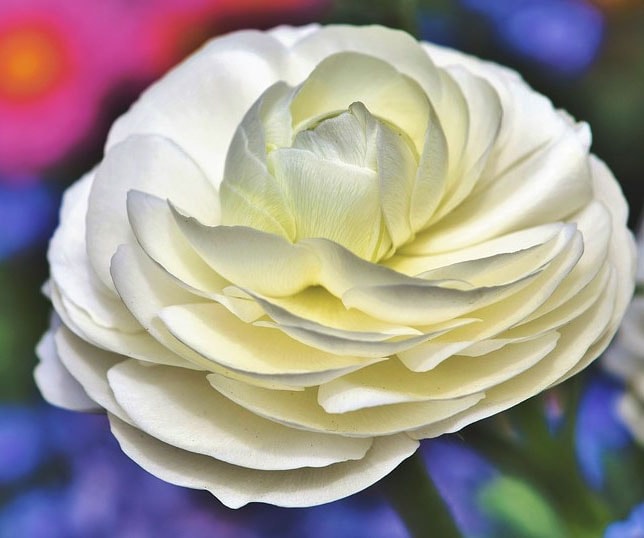
The buttercup is a tuberose that does not have a bulb proper. It is a much appreciated flower that can be single or double and irregularly shaped. It flowers between May and July, and it can take many shades. Easy to grow, she likes pot as well as in the ground and she makes beautiful bouquets.
The platycodon

These are its large starry flowers that give a charm to your garden. Grouped into very loose clusters, they can be single or double. They look a little like bellflowers, but the flowers are more imposing. They can be white, blue violet veined darker blue. It is a plant that can live for a very long time, but has a fairly slow growth.
Ginger
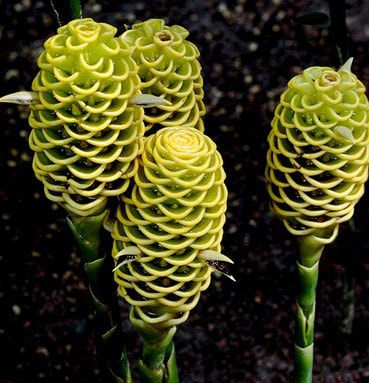
Ginger is a large herb that is quite close to turmeric. If normally growing ginger officinalis can only be done normally in pots in our climates, another variety can be planted in our gardens. It is the Zingiber mioga which is less known by most, but which is however very appreciated by amateurs. The flowers are usually white and yellow and appear in the middle of green and yellow bracts.
Freesia
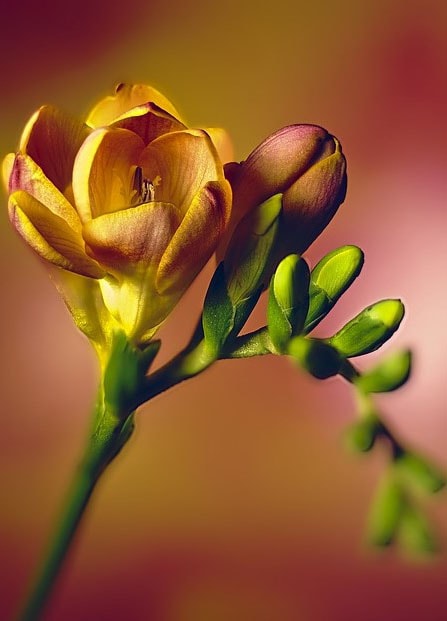
Freesia is a perennial and bulbous corm plant. Its deciduous leaves are a very pretty green. Narrow and thin, they are arranged in a fan. Its flowers stand in small ears at the top of the branches all finesse and arched which bring him a very appreciated elegance. It is a particularly refined flower that is wonderful in your garden.
The comfrey
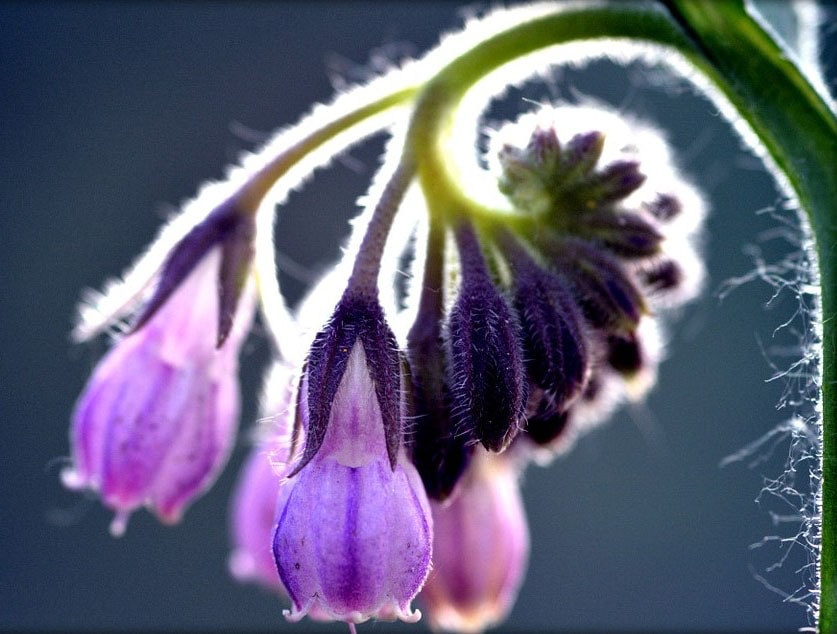 © Moni08
© Moni08Comfrey is a perennial that resists very well and is easy to grow. With its beautiful bells of different colors, it has a real decorative potential in the garden, especially since its flowering is long since it extends from March to early September. On the other hand, it has many medicinal properties and in particular healing of wounds thanks to its healing action.
Celandine
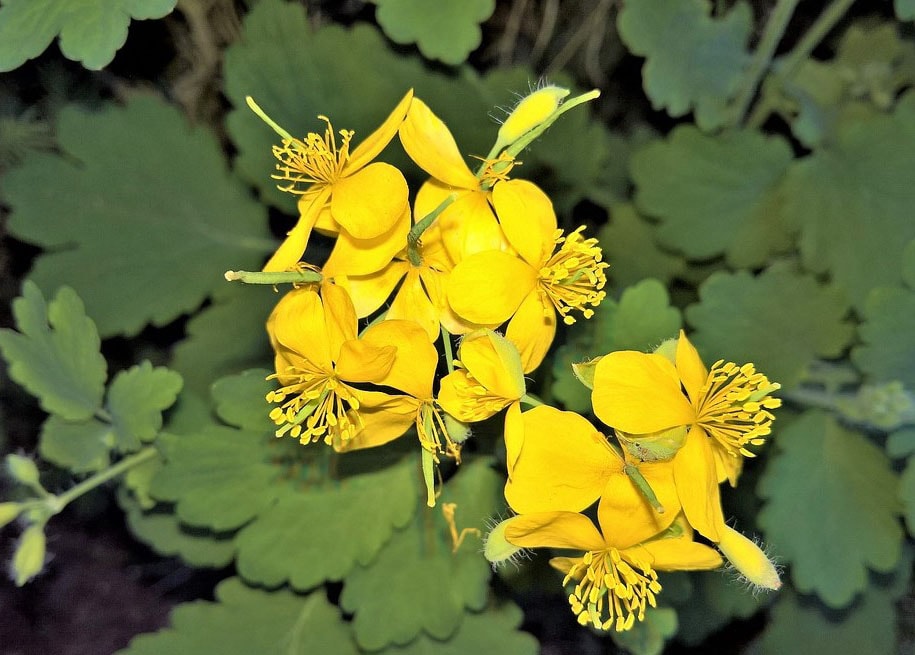
Celandine is a wild plant, many of which are trying to get rid of and yet it is very ornamental and brings a nice yellow flamboyant note in your garden. It flowers from May to August giving pretty flowers with 4 petals arranged in cross and stamens in large numbers of the same color.
The aconite

Aconite includes many varieties and hybrid crops. They can have a size, oscillating between 0.50 meter and 1.50 meter. The flowers are more or less white, often rather cream and sometimes blue. It is a plant that multiplies spontaneously thanks to its tuberous roots. Its flowers are special shaped helmets and they are grouped in clusters well provided at the end of beautiful stems. They make beautiful bouquets.
The watsonia
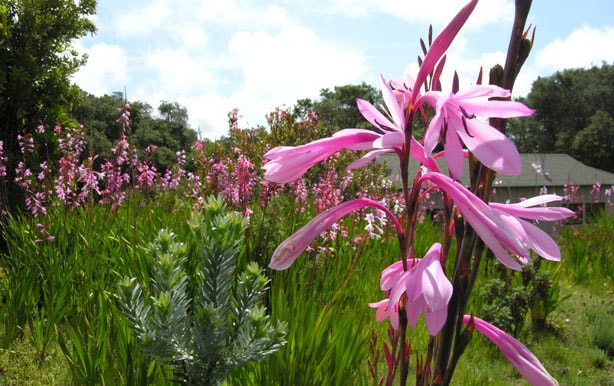
The watsonia is a bulbous plant that gives large ears of flowers throughout the summer. It is a perennial plant, but does not tolerate cold temperatures very well. It comes from South Africa where it grows in rock gardens and meadows. It can be grown in pot or in solid depending on the desired effect.
The corydale
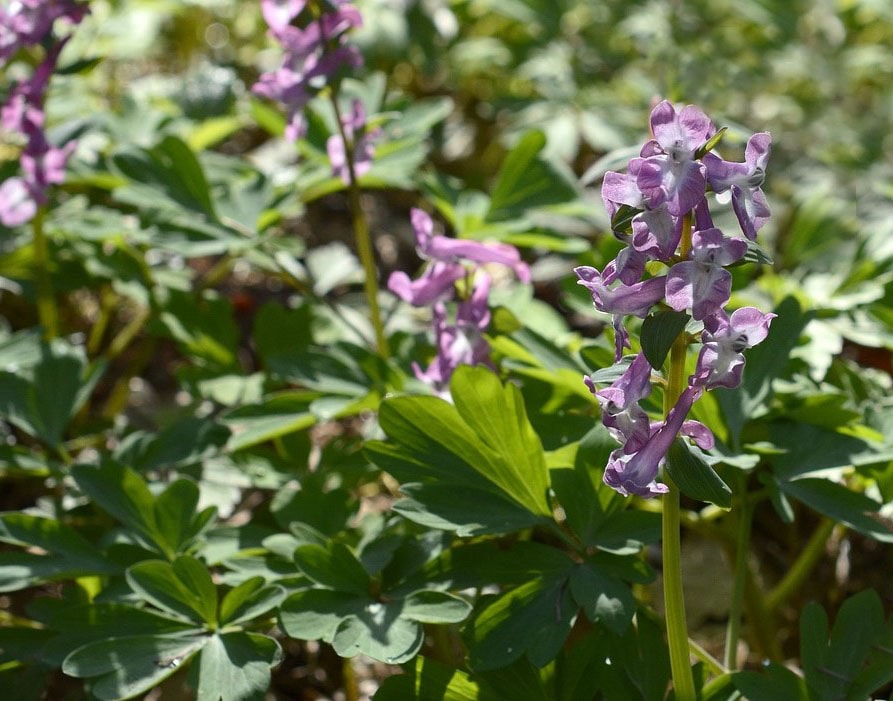
The corydalis is an ornamental plant with small flowers in clusters of a pretty pale blue, pink or slightly pulling on the purple. It looks a lot like the fumitory and belongs to the same family. What distinguishes it is the size of its larger flowers that beautifies your garden in summer.
The agapanthus
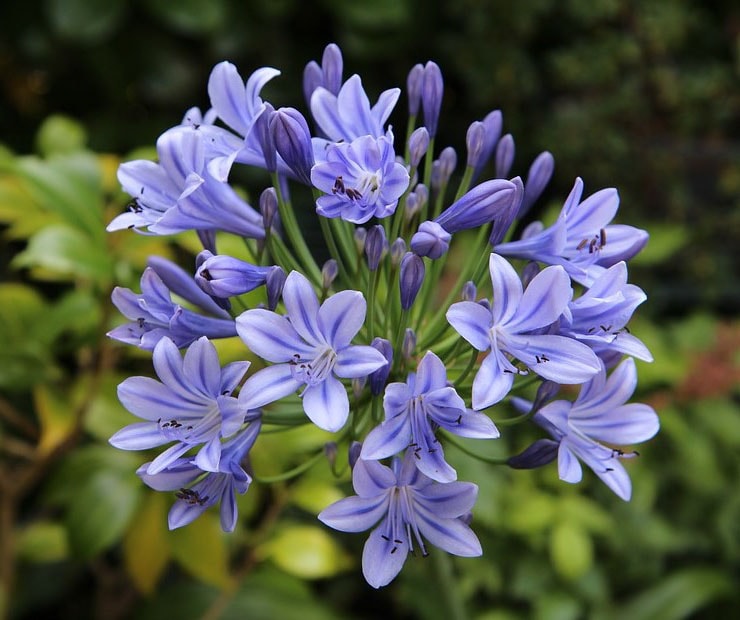
Agapanthus is a very decorative perennial that grows in a compact tuft. Its beautiful flowers in umbels 15 to 20 cm in diameter adorn your garden with elegance. The flower stalks can reach a height of one meter. Its foliage is also ornamental with its hue of a pretty dark green.
Clematis
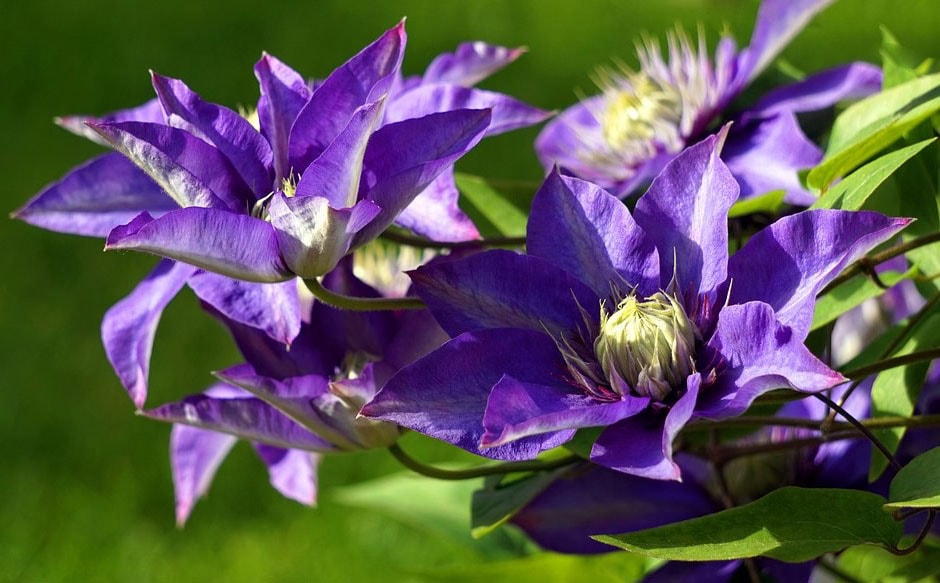 © Matthias Boeckel
© Matthias BoeckelThe clematis is absolutely charming with its graceful tiny bells. Some species grow in shrubs such as witch hazel or willow to black kittens. They bring nice spots of color to these shrubs throughout the summer.
The acanthus
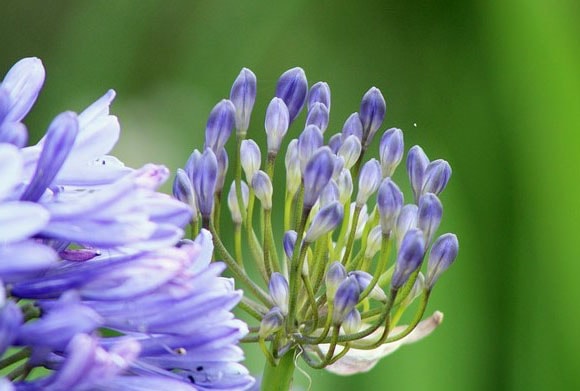
The acanthus is a very hardy perennial, originating from the rather dry and rocky areas of the Mediterranean basin. It is found in southern Europe up to 300 meters altitude. It flowers in clusters of white, pink and mauve flowers. Each of its flowers is associated with three bracts, the largest of which is thorny.
The arum
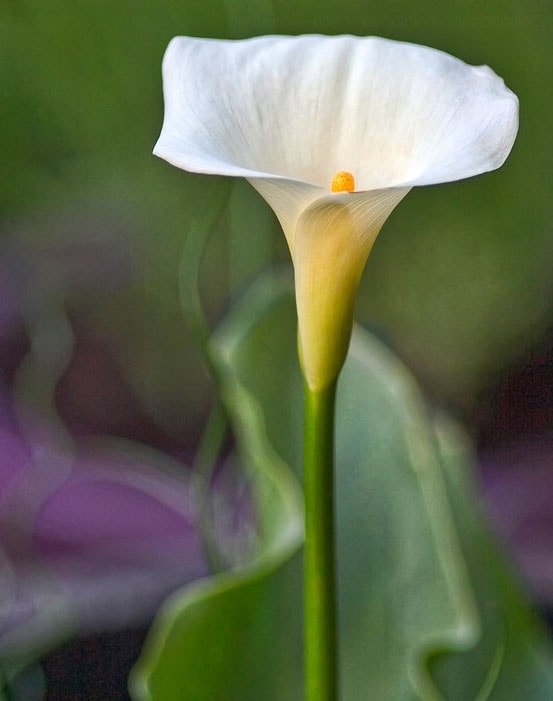
The arum is par excellence the flower of summer, it blooms indeed, from June to September, giving this flower so original and very decorative. Its rigid and vertical floral stem is very elegant. She likes the sun or the semi-shade, she is cultivated in border or in solid mass. It is easy to cultivate, one imperative: it requires a lot of water.
The masterwort
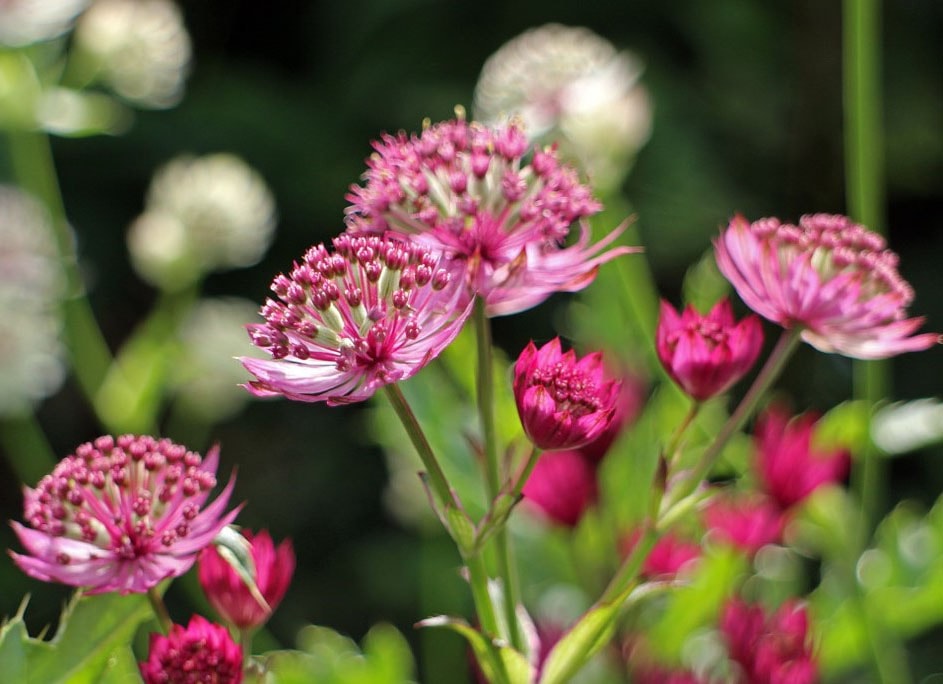
The astrance is a plant native to Western Asia and mountains of Europe where it is found mostly in shady places: edges of wood or at the edge of streams. It can, however, be grown easily everywhere. It has pretty little flowers in red, pink or white umbels, marked with green.
Cattleya
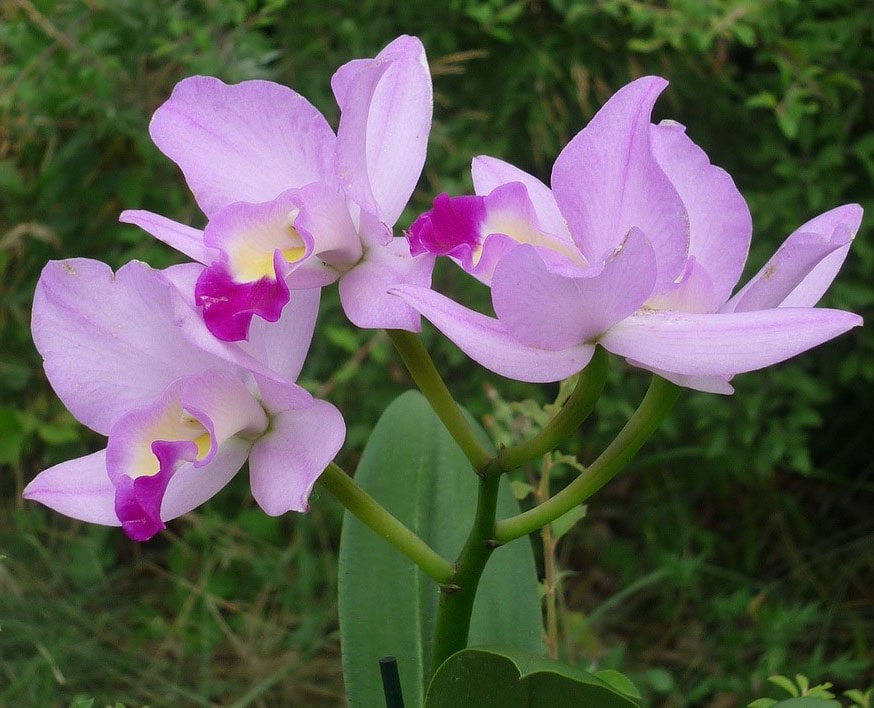
Most cattleyas can flower according to the varieties throughout the year, so they are present in the summer to adorn our gardens. The large floral stems give flowers giving off a very pleasant scent. These are very varied colors. They consist of 3 sepals, two petals and a labellum. Their colors may be different.
Hemerocallis

Daylilies, also called lilies of a day, are a must for our summer gardens. Some amateurs have a passion for them. The varieties are so many and different that there is something for everyone. The pretty colorful tufts bring a touch of color very appreciable in the gardens.
The cyclamen
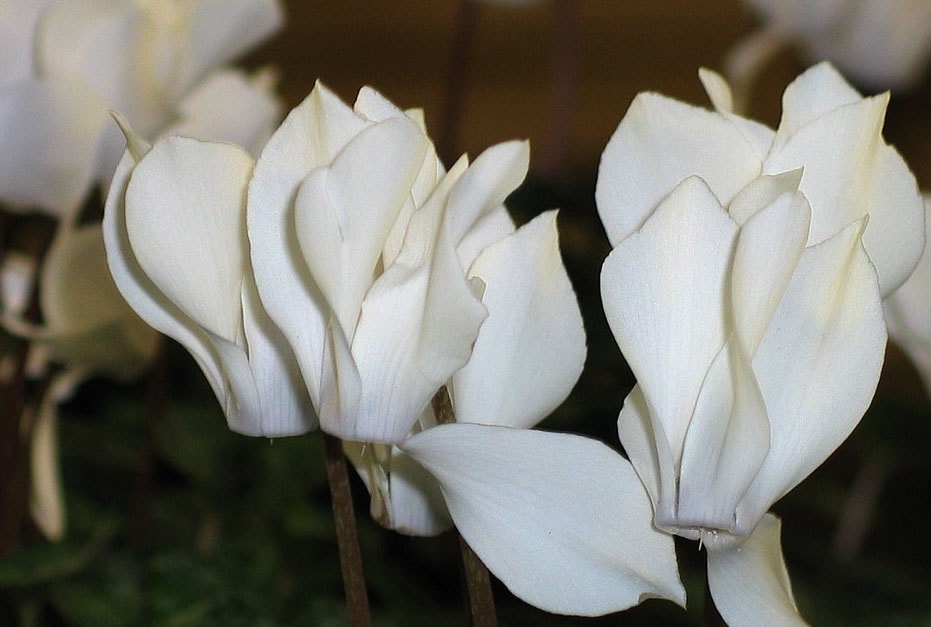
The cyclamen is a plant with a tuber, which allows it to have reserves when the foliage disappears and it is in rest period. Depending on the variety, they can bloom all year long and they have a very pleasant scent. The flowers are solitary and are at the end of a stem whose height varies according to the species.
The dahlia
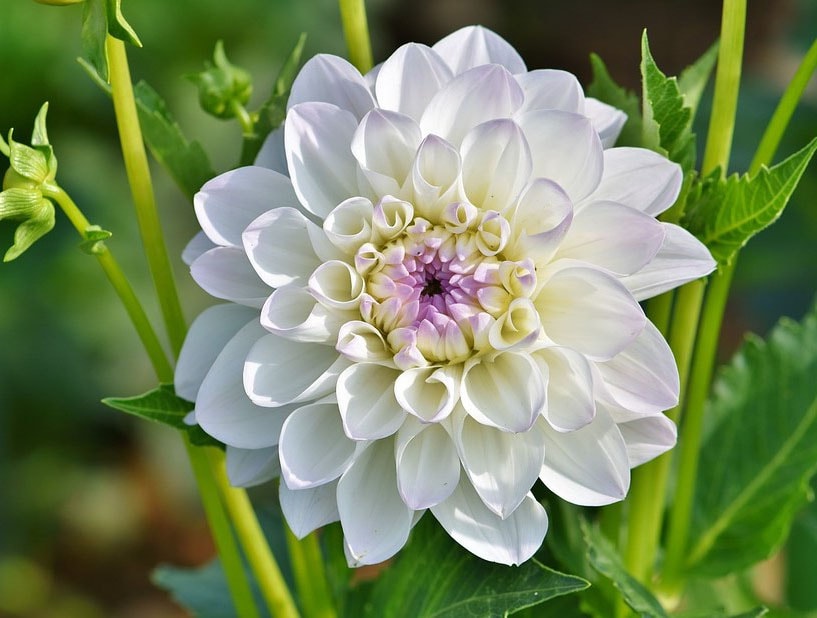
We can not talk about summer flowers without mentioning the dahlia that is a must in our gardens. It blooms all summer and until October. There are many varieties and flowers can take different forms: double, semi-double or single. They come in various colors leaving you the choice to create a beautiful harmony in your garden.
The hydrangeas
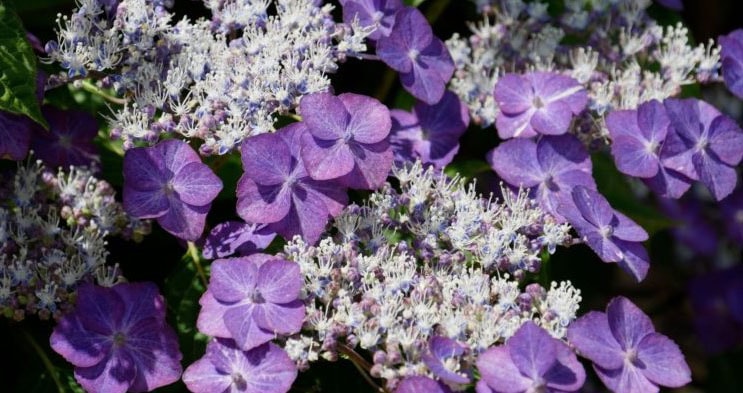
Hydrangeas are also a must in the summer. These are very decorative summer flowers that bring a nice touch of color to your garden. Very graceful the flowers develop in beautiful clusters. The only constraint in the cultivation of this plant is the watering which must be abundant in periods of drought.
Marshmallows
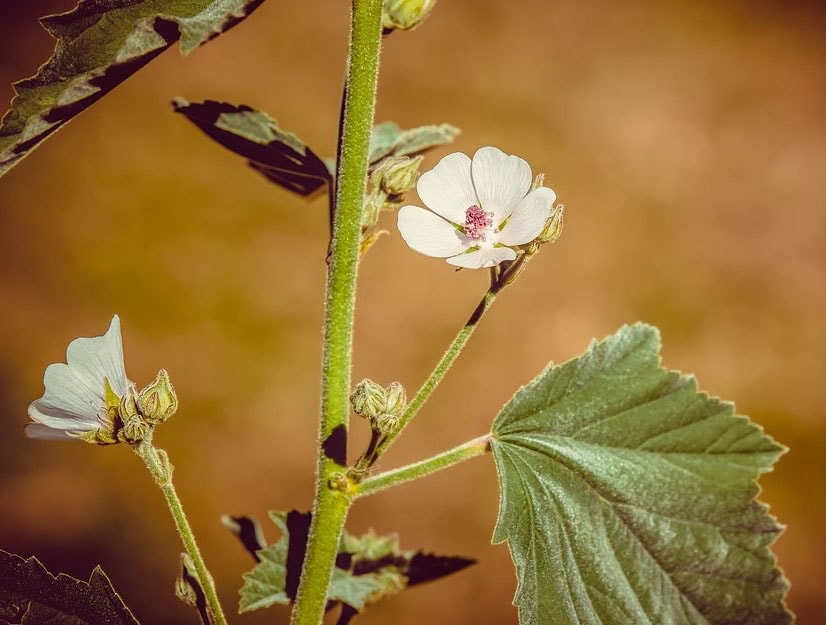
These large honey-flowering flowers can be solitary, but most often in clusters. They flourish throughout the summer. They are very elegant and can measure up to 1.50 meters. They love the sun and are easy to grow, but they require a lot of water.
Yarrow

Achilleae are summer flowers that grow very easily because they adapt to all soils. The only downside: they tend to bend and sometimes you have to put a guardian. By putting them next to more solid plants, they stay straight. They require little maintenance and cultivating them is easy and not very demanding. The lack of water makes them even more beautiful, which can be very practical.
The persicaires
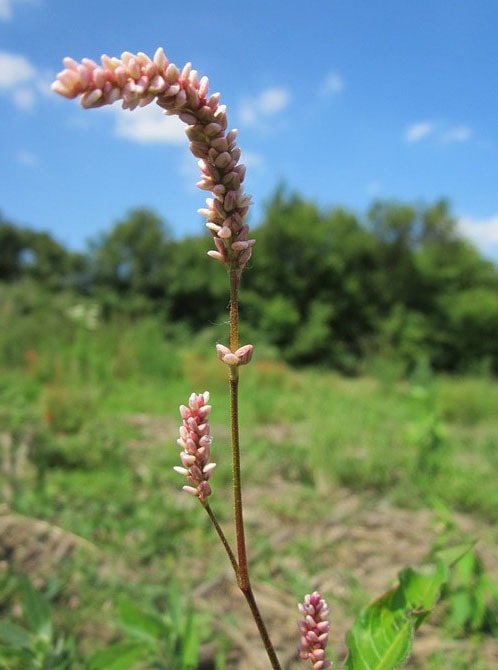
The ladybirds are plants that grow very easily in our gardens. There are many varieties that can make pretty compositions. In massif, they are particularly decorative. Their pretty colors form flamboyant spots on the green foliage of the most beautiful effect. With their fine and long ears, they display a majestic port.
The scabious of Macedonia
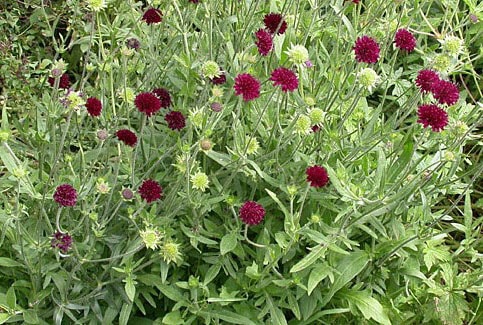
Macedonian scabious grass forms pretty tufts very quickly. Its flowers perched on very thin and flexible stems are red. It is frost-resistant to at least -15 ° C, making it a hardy plant. It likes half-shade or sun, it requires a light and well-drained soil. It is spontaneously resumed very easily. Once you have found the ideal location, it gives very beautiful massifs.
The gaura
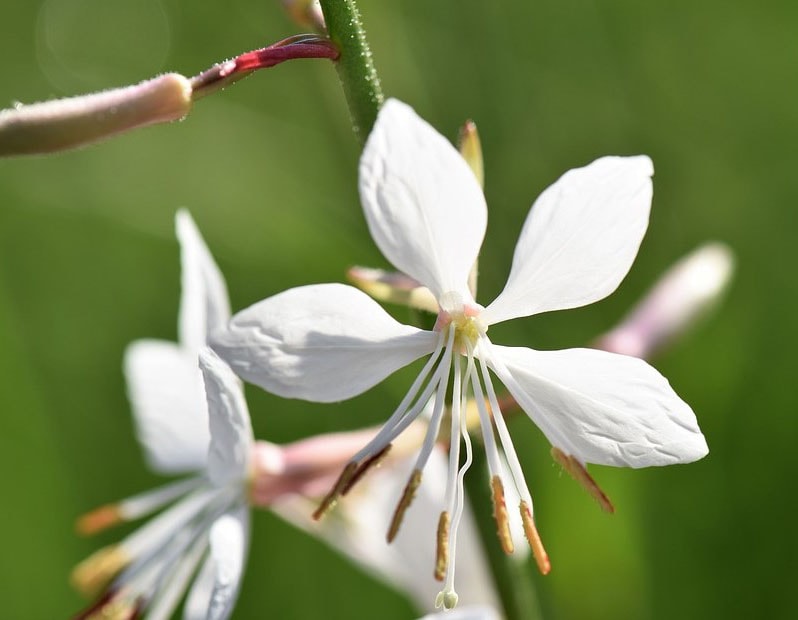
The gaura is cultivated voluntarily in massive, it brings a lot of lightness and sweetness to your garden with its small starry flowers, white or pastel pink. You do not have to water it, this plant is not afraid of sun or drought. Not all varieties are perennial, some are biannual or annual. On the other hand, they are very easy to reseed and give very nice masses.


